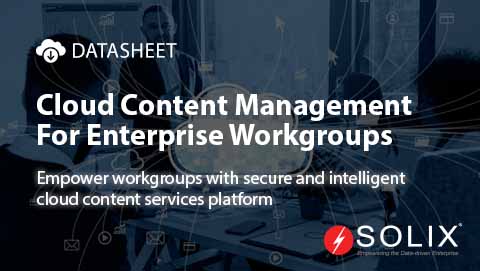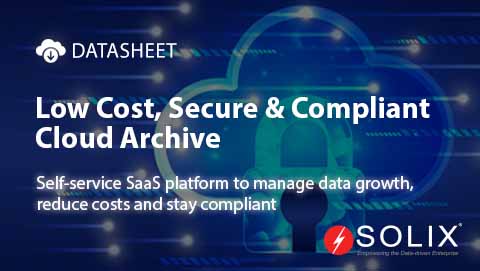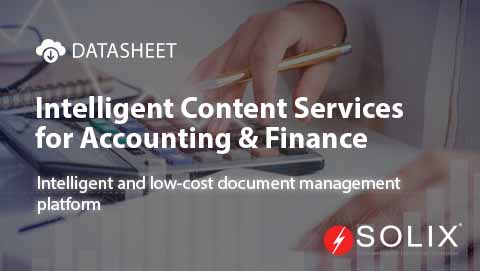Centralizing Patient Data in Healthcare Records
In today’s healthcare landscape, patient data is the lifeblood of medical organizations. From medical records to insurance claims, accurate and timely information is crucial for providing quality care. However, managing patient data in a sprawling, decentralized environment can be a nightmare for healthcare providers. Centralizing patient data in healthcare records is the key to streamlining workflows, improving patient outcomes, and reducing costs.
But what does this look like in practice? Let’s consider a scenario where a mid-sized hospital is struggling to manage its patient data. With growing patient volumes and increasing regulatory requirements, the hospital’s administrators are finding it challenging to keep up with data entry, storage, and retrieval. Imagine if you will, a giant Jumanji-style jungle with patient data scattered across different departments, each with its own filing system. It’s a logistical nightmare!
<p ENTER SOLIX, a pioneer in cloud-based content services. Their ECS platform is designed to centralize, automate, and secure patient data, freeing up healthcare providers to focus on what matters most – patient care. With SOLIX ECS, hospitals can reduce manual data entry by up to 80%, reduce storage costs by up to 50%, and improve data retrieval times by up to 95%. But that’s not all – SOLIX ECS also integrates AI-powered automation, secure collaboration, and robust governance to ensure compliance with regulatory requirements.
- Improving efficiency and reducing costs:
- By centralizing patient data in healthcare records, hospitals can overcome the challenges of manual data entry and storage.
- SOLIX ECS automates processes, such as document classification, data extraction, and document management, freeing up staff to focus on higher-value tasks.
- With automated workflows and secure collaboration, hospitals can share patient data seamlessly with caregivers, reducing the risk of data breaches and improving patient outcomes.
- Benefits of centralized patient data in healthcare records:
- Improved efficiency: Automate processes, reducing manual work and increasing productivity
- Enhanced compliance: Adhere to regulatory standards (HIPAA, GDPR, etc.)
- Cost savings: Reduce IT costs with cloud infrastructure and lower storage costs
- Increased security: Robust security measures for data protection
- Scalability & flexibility: Adapt to growing business needs and various industries
- Putting theory into practice:
- About the author:
At SOLIX, we’ve worked with companies like Unilever, AIG, Citi, GE, and Santander to help them streamline their communications and reduce costs. With SOLIX ECS, healthcare providers can achieve similar results, improved efficiency, and reduced costs.
Imagine being able to extract valuable insights from patient data, or automatically routing patient records to the right caregiver. These are just a few examples of what’s possible with SOLIX ECS.
As a guest blogger, I’m passionate about exploring the intersection of technology and healthcare. When not writing about centralizing patient data in healthcare records, I indulge in my love for gaming and hockey.
If you’re interested in learning more about SOLIX ECS and how it can help your healthcare organization, please email us at info@solix.com. And, as a special offer, enter your email for a chance to win $100!
(Email address to enter the contest)




